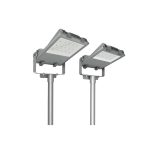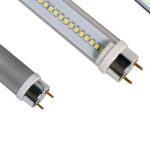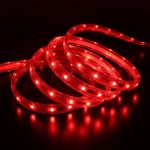LED Lights: How Much Does it Cost to Run and Save Money on Your Energy Bill?
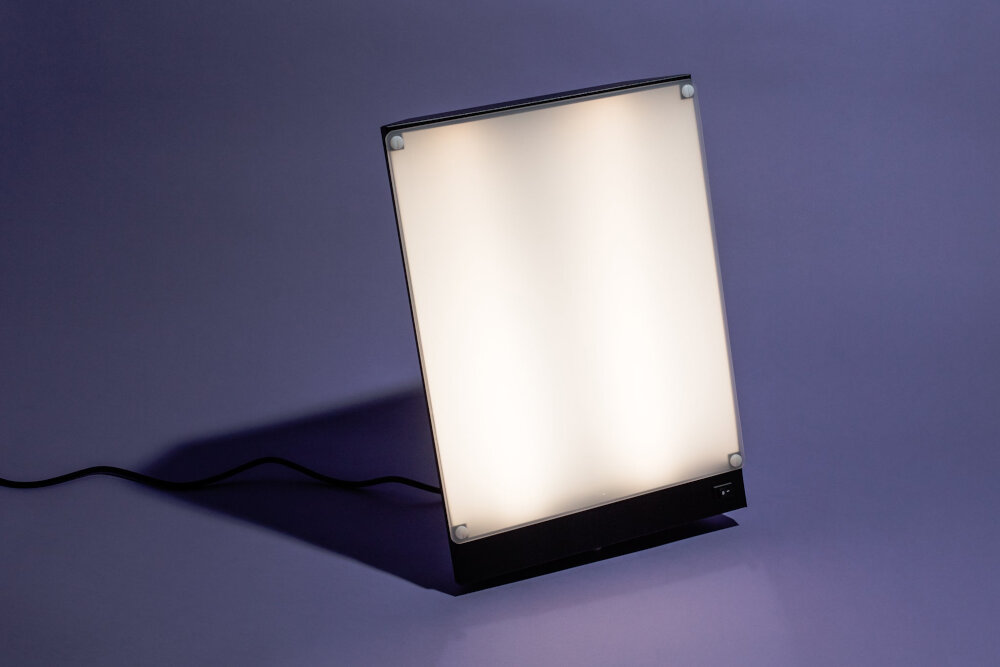
LED lights have been gaining popularity over the years due to their energy efficiency and environmental benefits. They are a cost-effective lighting solution that not only saves money on energy bills but also reduces carbon emissions. LED lights operate differently than traditional incandescent bulbs by using semiconductor materials to produce light, which requires less energy. The energy savings from switching to LED lights can be significant, but many people are unsure of the actual cost savings and how to maximize their benefits. In this article, we will explore how much it costs to run LED lights and provide tips on how to save money on your energy bill with LED lighting. LED lights are known for their longevity and low energy consumption, making them the perfect alternative to traditional lighting options. They use up to 80% less energy than incandescent bulbs and last up to 25 times longer, making them a cost-effective option in the long run. With LED lights, you don’t have to sacrifice brightness or quality, as they are available in a variety of colors and levels of brightness. Additionally, LED lights produce less heat, making them safer to use and reducing the risk of fire hazards. In this article, we will delve into the cost savings of LED lights and how to make the most of this energy-efficient lighting solution to save money on your energy bill.
LED lights, or Light Emitting Diodes, are a type of energy-efficient lighting that has become increasingly popular in recent years. Unlike traditional incandescent bulbs, which use a filament to produce light, LED bulbs use a semiconductor to convert electricity into light. This makes them much more energy-efficient, as they require much less electricity to produce the same amount of light. Additionally, LED lights last much longer than traditional bulbs, with an average lifespan of up to 25,000 hours. This means that not only do they save energy, but they also save money in the long run by reducing the need for frequent bulb replacements. Overall, LED lights are a great choice for anyone looking to save on their energy bill while also reducing their environmental impact.
Understanding Energy Consumption
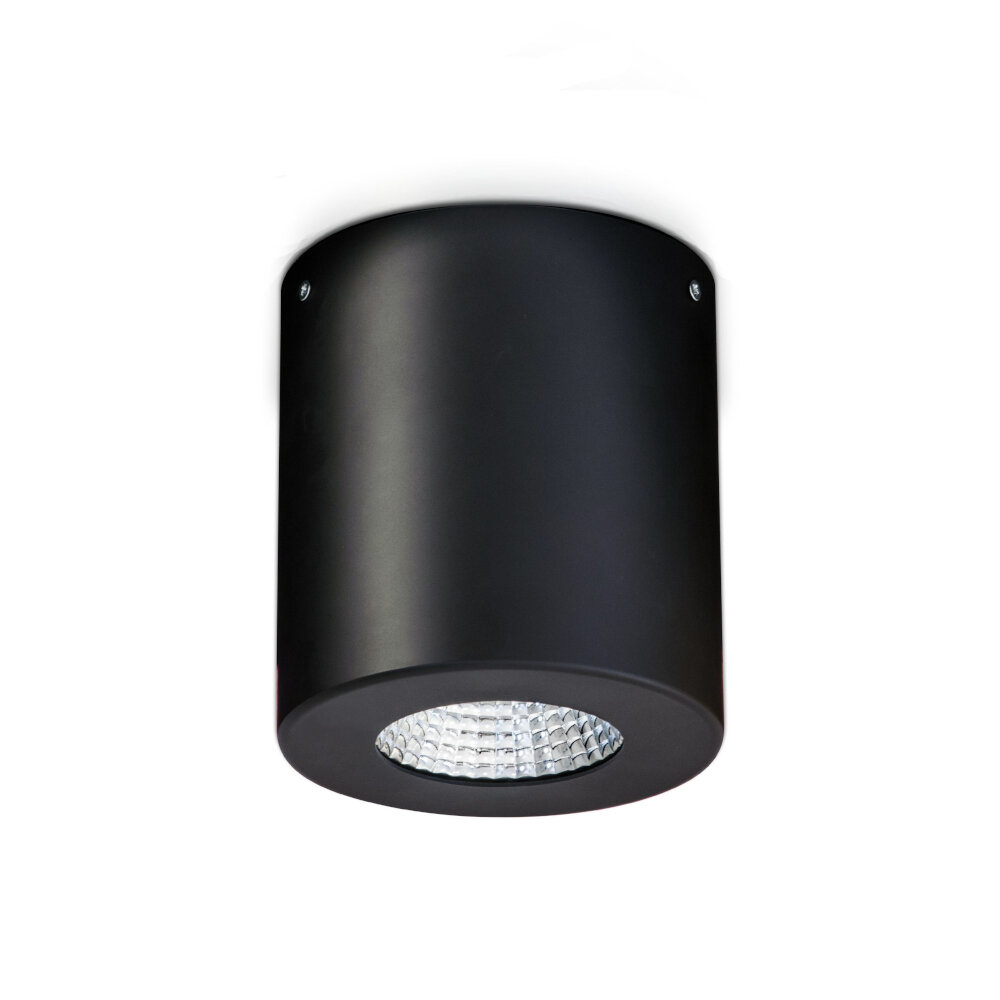
Understanding energy consumption is crucial in managing your energy bills and reducing your carbon footprint. Energy consumption refers to the amount of energy used by an appliance or device in a given period. It is measured in kilowatt-hours (kWh). The more energy an appliance uses, the higher its energy consumption, and the more it costs to run. By understanding how much energy your appliances use, you can make informed decisions on how to reduce your energy consumption and save money on your energy bills. One of the most significant contributors to energy consumption in households is lighting. Traditional incandescent light bulbs are known for their high energy consumption and short lifespan. LED lights, on the other hand, are energy-efficient and have a longer lifespan. They use up to 80% less energy than incandescent bulbs, which translates to significant energy savings over time. Understanding the energy consumption of LED lights can help you make informed decisions on which bulbs to buy and how to reduce your energy bills. By switching to LED lights, you not only save money but also contribute to a more sustainable future by reducing your carbon footprint.
Energy consumption is calculated by measuring the amount of electrical energy consumed by a device over a specific period of time. This is typically measured in kilowatt-hours (kWh), which is the amount of energy used by a 1,000-watt device for one hour. To calculate the energy consumption of an LED light, you need to know its wattage and the number of hours it is used per day. For example, if you have a 10-watt LED light that is used for 4 hours a day, the energy consumption would be 0.04 kWh per day. This calculation can then be used to estimate the cost of running the LED light over a month or a year, based on the cost of electricity in your area. By understanding the energy consumption of your LED lights, you can make informed decisions about how to save money on your energy bill while still enjoying the benefits of energy-efficient lighting.
When it comes to energy efficiency and cost-effectiveness, LED lights outshine traditional incandescent bulbs. LED bulbs use significantly less energy than incandescent bulbs to produce the same amount of light, resulting in lower electricity bills. LED lights also last much longer than their incandescent counterparts, with an average lifespan of 25,000 hours compared to just 1,000 hours for incandescent bulbs. Additionally, LED lights emit less heat, making them safer to use and reducing the load on air conditioning systems. While LED lights may have a higher upfront cost, their long-term benefits make them a wise investment for both homeowners and businesses looking to save money on their energy bills.
Calculating the Cost of Running LED Lights
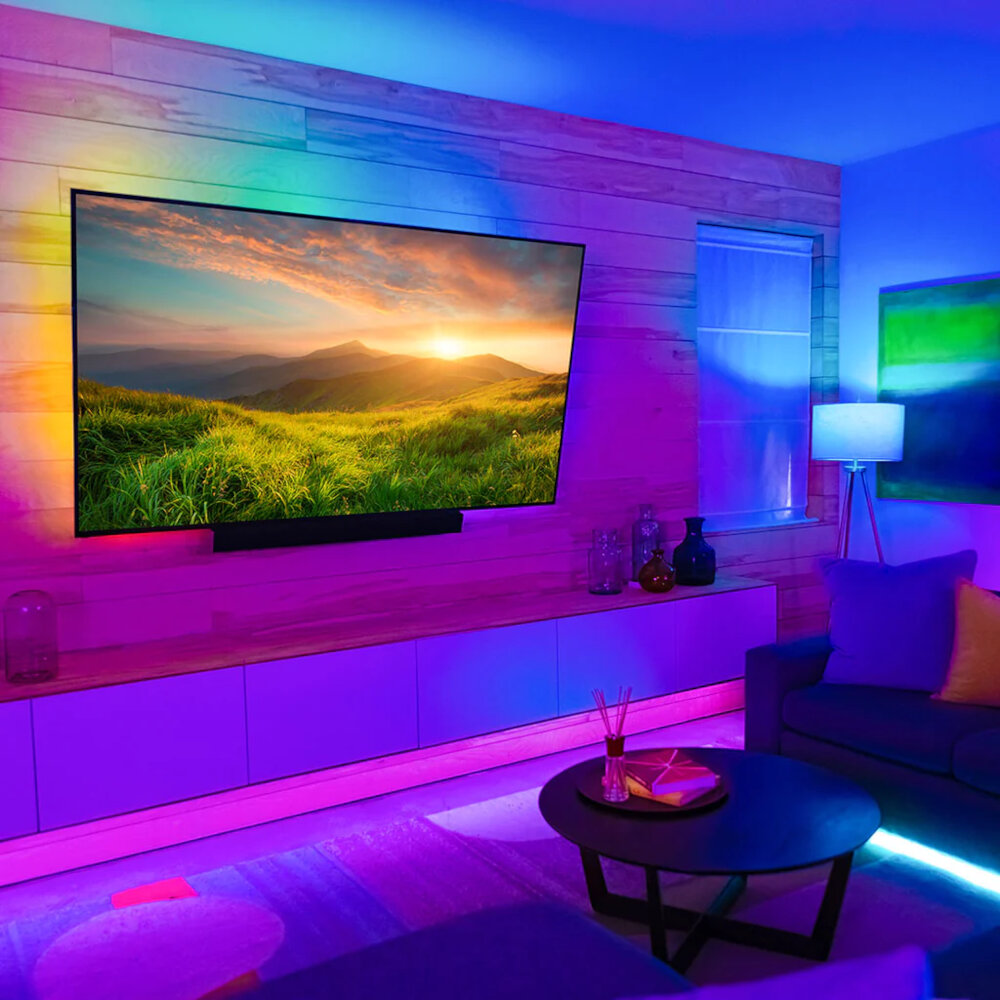
LED lights are a popular choice among homeowners and businesses because of their energy efficiency and long lifespan. However, many people are curious about the cost of running LED lights and how much they can save on their energy bills. The cost of running LED lights is determined by several factors, including the wattage of the bulbs, the number of hours they are used each day, and the cost of electricity in your area. To calculate the cost of running LED lights, you need to know the wattage of the bulbs you are using. LED bulbs typically range from 2 to 15 watts, with higher wattage bulbs being brighter. Once you know the wattage, you can calculate how much electricity the bulbs will use each day by multiplying the wattage by the number of hours the bulbs are on. For example, if you have a 10-watt LED bulb that is on for 8 hours a day, it will use 80 watt-hours of electricity. Finally, to determine the cost of running LED lights, you need to multiply the daily watt-hours by the cost of electricity in your area. By doing this calculation, you can determine how much money you can save on your energy bill by switching to LED lights.
Calculating the cost of running LED lights is a simple task that requires only a few pieces of information. First, determine the wattage of the LED light you plan to use. Next, find out the cost of electricity in your area, typically measured in kilowatt-hours (kWh). Multiply the wattage of the LED light by the number of hours it will be used per day, then divide that number by 1000 to convert it to kilowatts. Finally, multiply the kilowatts by the cost of electricity per kWh to find the cost of running the LED light per day. By doing this calculation, you can save money on your energy bill and make an informed decision about which LED lights to use in your home or business.
Switching from traditional bulbs to LED lights can result in substantial cost savings for homeowners and businesses alike. LED lights are far more energy-efficient than their incandescent counterparts, consuming up to 90% less electricity. As a result, they last much longer, with an average lifespan of 25,000 hours compared to just 1,000 hours for traditional bulbs. This means that not only will you save on your energy bills, but you’ll also save on the cost of replacing bulbs as frequently. Additionally, LED lights produce less heat, reducing the strain on your cooling systems and further decreasing energy costs. Overall, the investment in LED lights can result in significant long-term savings on your energy bills while also providing a more eco-friendly lighting solution.
Tips for Saving Money on Your Energy Bill
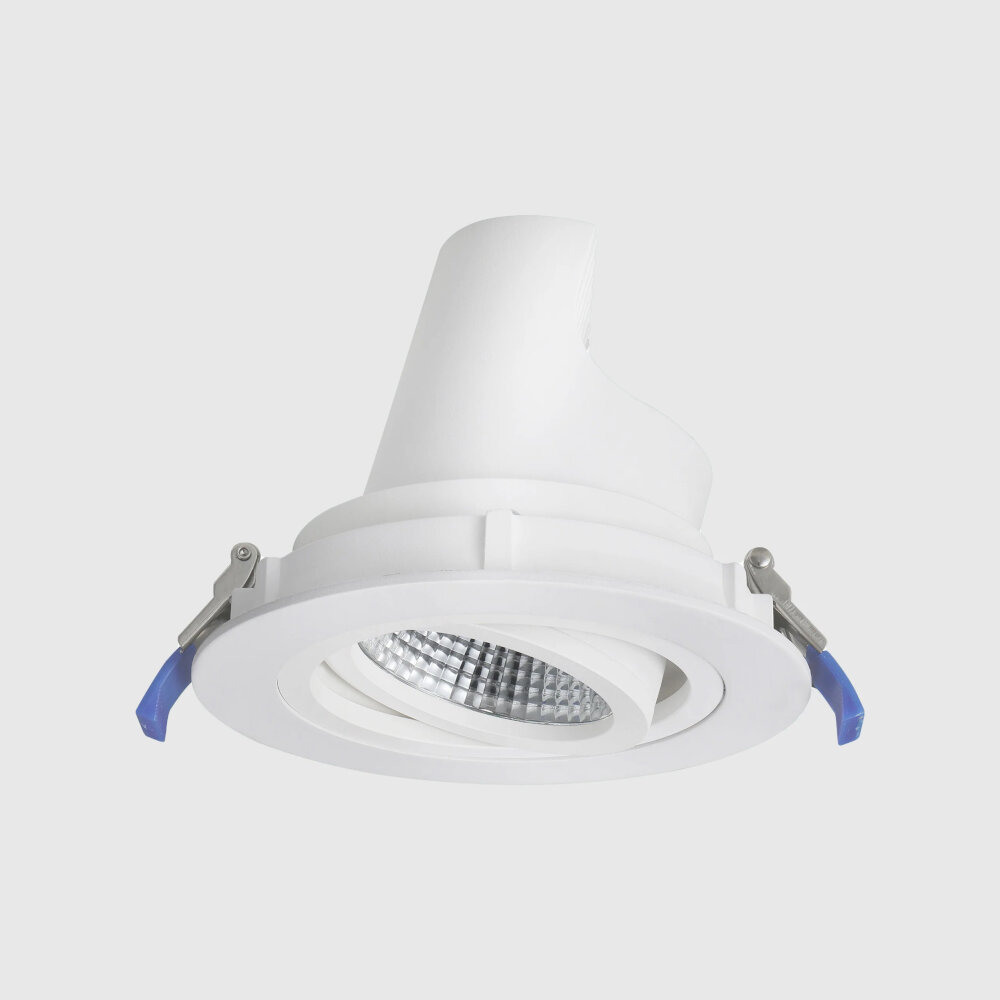
Saving money on your energy bill is an excellent way to reduce your overall expenses and contribute to a greener environment. One of the most significant ways to cut back on your energy usage is to switch to energy-efficient LED lights. LED lights are an effective alternative to traditional incandescent bulbs as they consume less energy, last for years, and generate less heat. They are also more durable and resistant to shock, making them a safer option for households with children and pets. In addition to LED lights, there are several other tips to reduce your energy bill. One of the easiest ways is to unplug appliances and electronics when not in use. Appliances such as televisions, computers, and gaming consoles continue to consume energy even when not in use, leading to higher energy bills. Also, adjusting your thermostat by a few degrees can make a significant difference in your bill. Lowering the temperature during the winter and raising it during the summer can reduce your energy consumption and save you money. Finally, sealing any leaks in your windows and doors can prevent drafts and keep your home at a comfortable temperature, potentially reducing your energy consumption and costs.
There are several effective ways to reduce energy consumption and save money on your bill. One of the most significant is to switch to LED lights, which use significantly less energy than traditional incandescent bulbs. You can also take steps to reduce your overall energy use, such as turning off lights and electronics when not in use, using energy-efficient appliances, and sealing air leaks in your home. Additionally, adjusting your thermostat by just a few degrees can make a big difference in your energy consumption and costs. By making these changes, you can not only save money on your energy bill but also reduce your carbon footprint and contribute to a more sustainable future.
Simple changes can have a significant impact on our energy consumption and bills. One such change is to switch to LED lights, which use much less energy than traditional incandescent bulbs. This small switch can lead to big savings on energy bills, as LED lights last longer and use less energy, reducing the need for frequent replacements and decreasing the amount of electricity used. Additionally, installing smart lighting systems that allow for remote control and scheduling can further enhance energy efficiency by ensuring lights are only on when needed. By making these small changes, we can save money and reduce our environmental impact.
Choosing the Right LED Lights for Your Home
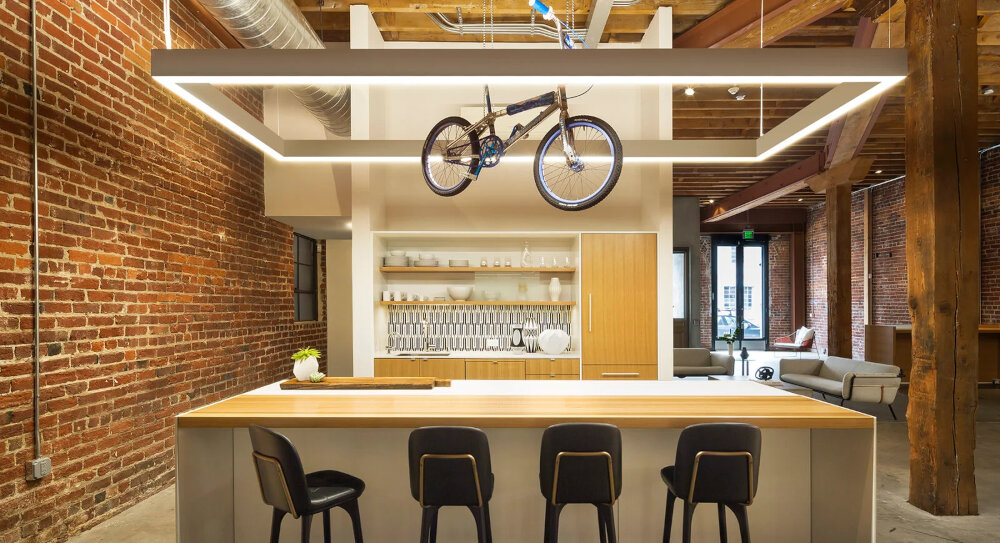
When it comes to lighting up your home, LED lights have become an increasingly popular choice due to their energy efficiency and long lifespan. However, choosing the right LED lights for your home can be a daunting task as there are a plethora of options available in the market. The first thing to consider is the brightness or lumens of the LED bulb, which should be based on the size of the room and the purpose of the light. For instance, a light bulb with 800-1100 lumens is ideal for a bedroom, while a bulb with 1600-2600 lumens is suitable for a large living room. Another important factor to consider when choosing LED lights is the color temperature. LED bulbs are available in a range of color temperatures, measured in Kelvin (K). The lower the temperature, the warmer and more yellow the light appears, while a higher temperature produces a cooler, blue-white light. For a cozy and comfortable ambience, opt for LED bulbs with a color temperature of 2700K-3000K, while for a brighter, more energizing light, go for bulbs with a temperature of 4000K-5000K. Additionally, consider the wattage of the bulb, as a lower wattage LED bulb can produce the same amount of light as a higher wattage incandescent bulb, leading to significant energy savings in the long run.
There are several types of LED lights available in the market, including standard, dimmable, color-changing, and smart LED bulbs. Standard LED lights emit a bright, white light and are ideal for general use in homes and offices. Dimmable LED bulbs allow you to adjust the brightness of the light, making them perfect for creating ambiance in living spaces. Color-changing LED bulbs are perfect for setting the mood and can be controlled using a remote or a smartphone app. Smart LED bulbs can be controlled using voice commands or a smartphone app, making them highly convenient and energy-efficient. LED lights have numerous benefits, including energy efficiency, longer lifespan, and lower maintenance costs. They also emit less heat, making them safer to use and reducing the need for cooling systems.
When selecting the right LED lights for your needs, there are several factors to consider. First, determine the purpose of the lighting, whether it be for general illumination, task lighting, or decorative purposes. Next, consider the color temperature and brightness level needed for the space. It’s also important to choose LED lights with high energy efficiency ratings and a long lifespan to save money on your energy bill and avoid frequent replacement costs. Finally, look for LED lights with features such as dimming capabilities and smart home integration to enhance functionality and convenience. By taking these factors into account, you can find the perfect LED lights to meet your specific needs and preferences while also saving on energy costs in the long run.
LED lights have revolutionized the lighting industry with their unique benefits. Firstly, they are highly energy-efficient, consuming up to 90% less energy than traditional incandescent bulbs. This means that they require less electricity to produce the same brightness of light, resulting in significant cost savings on energy bills. Secondly, LED lights have a longer lifespan, lasting up to 25 times longer than traditional bulbs. This means that they require less frequent replacement, reducing maintenance costs. Additionally, LED lights are eco-friendly, emitting less heat and carbon dioxide into the environment. All these benefits make LED lights a smart investment in the long run, with energy bill savings and reduced maintenance costs, and a positive impact on the environment.
Switching to LED lights is not only an environmentally conscious decision, but it can also save you a significant amount of money on your energy bill. LED lights use up to 80% less energy than traditional incandescent bulbs, which means that you can reduce your energy consumption and save money in the long run. Moreover, LED lights last much longer than incandescent bulbs, and they are more durable, making them a more cost-effective lighting solution. While the initial cost of purchasing LED bulbs may be higher than traditional bulbs, the long-term savings on your energy bill make it a smart investment that pays off in the end. Additionally, LED lights emit less heat, making them safer to use and reducing the risk of fire hazards. So, making the switch to LED lights for a more energy-efficient home is not only a smart financial decision, but it’s also a safer and more sustainable option for your household.
Conclusion
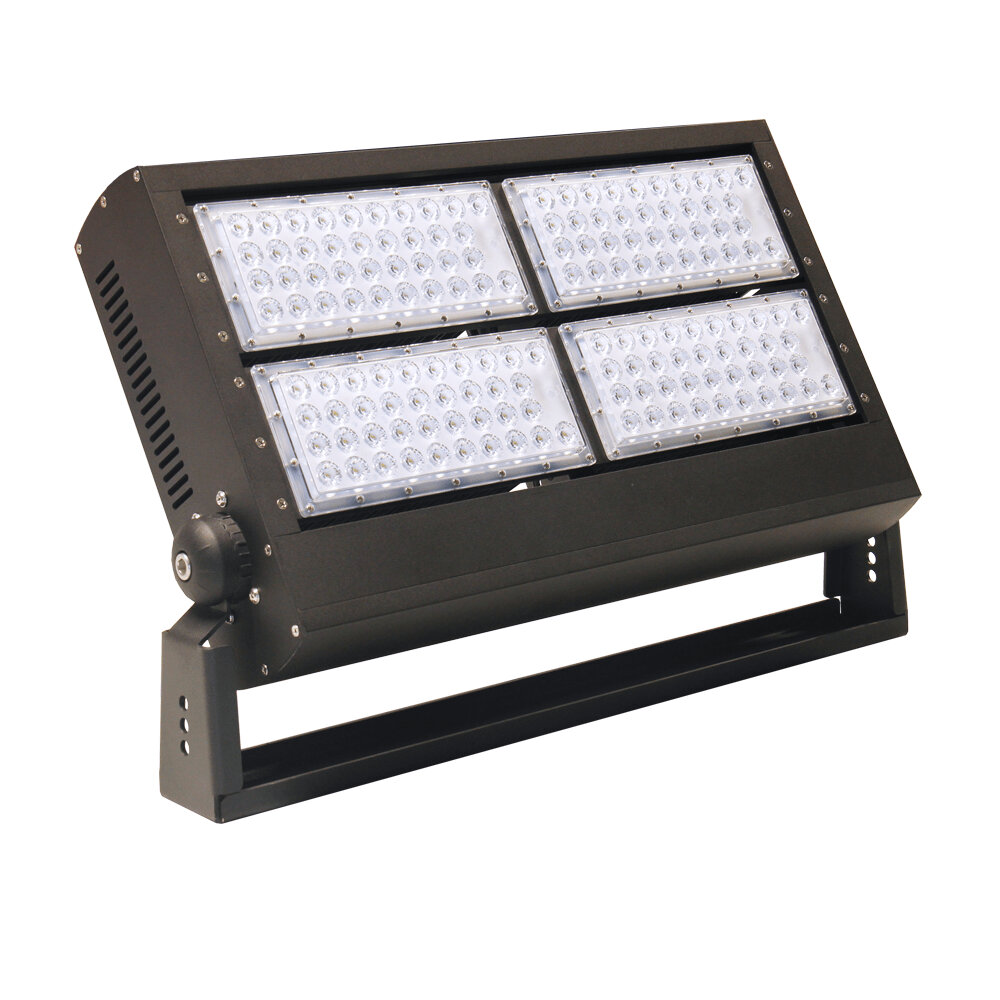
In conclusion, LED lights are a cost-effective and energy-efficient lighting solution that can help you save money on your energy bill in the long run. Although the initial investment may be higher than traditional lighting options, the savings in energy consumption and maintenance costs make it worth it. By making the switch to LED lights, you can reduce your carbon footprint and contribute to a more sustainable future. So, if you’re looking to save money and energy, LED lights are definitely worth considering.

